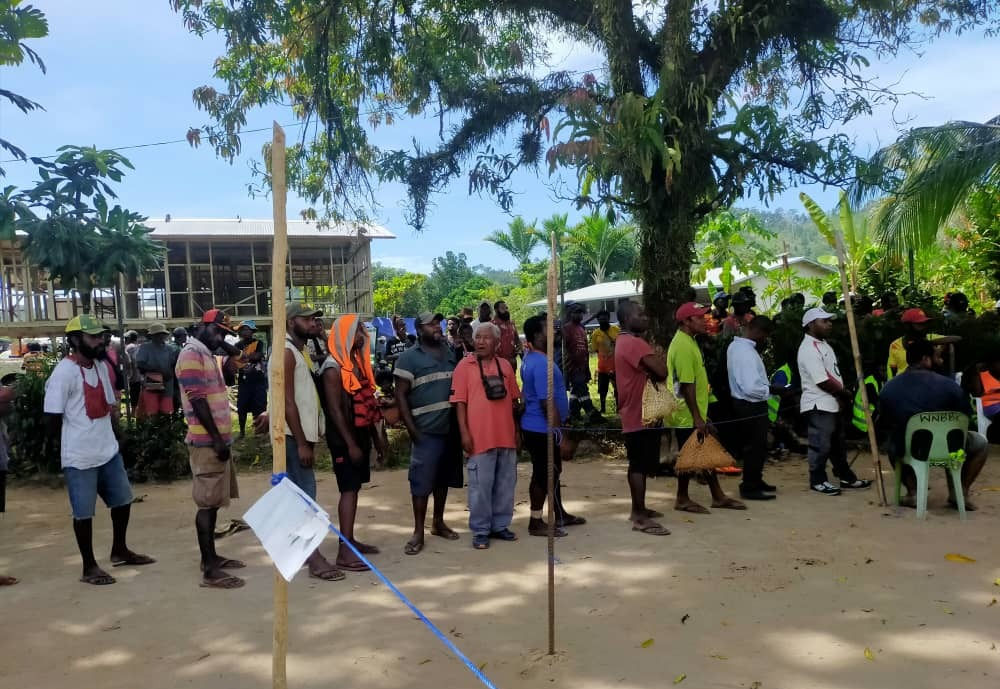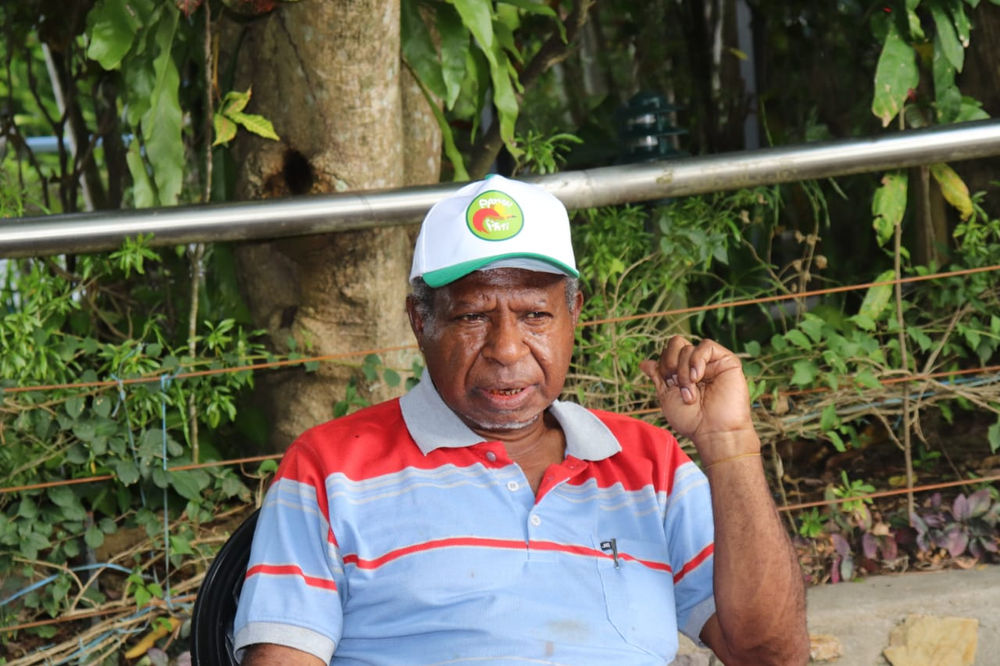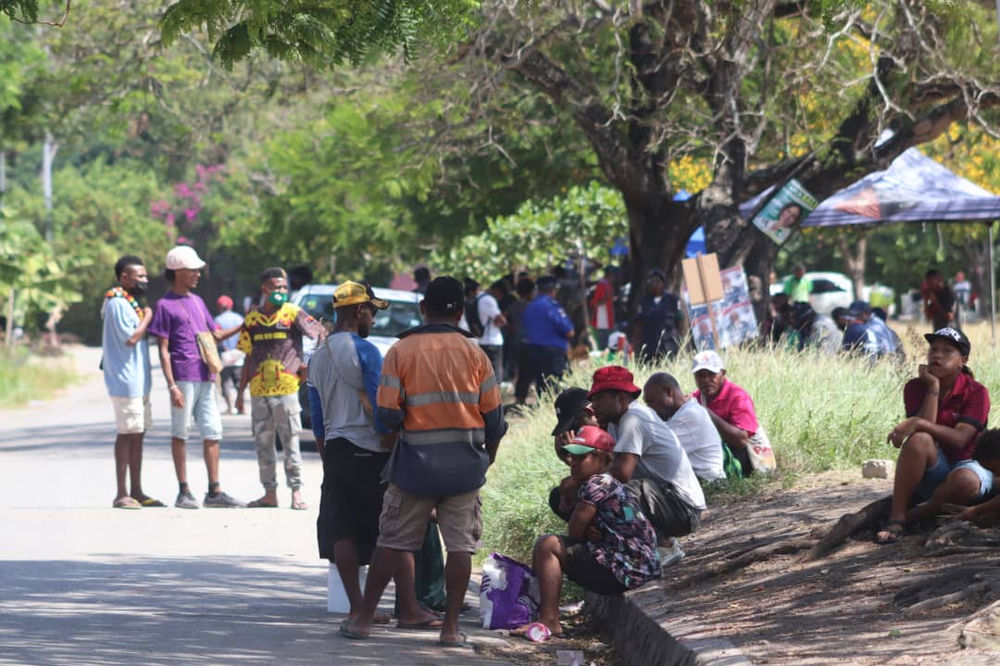A senior Correctional Service officer in West New Britain says the current common roll used is outdated resulting in most eligible voters missing out on polling.
Lakiemata Prison Deputy Commanding Officer, Senior Inspector, Leo Hura said many did not exercise their constitutional rights and its unfair.
Inspector Hura said this was the only hiccup during polling at the prison grounds.
“They need to update the common roll, many did not find their names and were frustrated at the polling station,” said Inspector Hura.
He said this must not be the scenario in the next national general election.
The CS officer said this concern is alarming.
Meanwhile Inspector Hura said CS officers, their families and the inmates in an orderly fashion, came out in numbers to cast their votes.
Similar concerns were raised by the Nakanai Returning Officer, Roland Popunurea. He said despite this the polling teams were able to see polling progressing.
“We have 44 teams in Nakanai Open Electorate. So far five polling teams have been completed. Ubili, Lolobau, Kabaia, Soi and Wilelo. These areas have completed their polling,” said Popunurea.
The Nakanai RO said Hoskins LLG is expected to complete polling by Friday with Barema in East Nakanai.
Meanwhile in Kalia Kove LLG reports received from the ARO, Ben Penfa indicated that polling at Wards 4, 5 and 6 were disrupted for two days by fighting amongst supporters of candidates.
Reports state that the fight saw polling officials chased away and seeking refuge.
ARO Penga suspended polling for the three Teams and requested for immediate deployment of Police and PNGDF Response Unit to attend and restore order.
Penga said if tension slows down and safety is guaranteed, the three polling teams will be dispatched to complete polling.
According to local media, reinforcements have travelled to Kaliai Kove on Friday.














